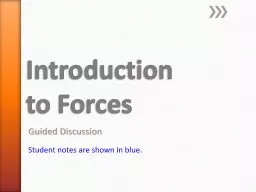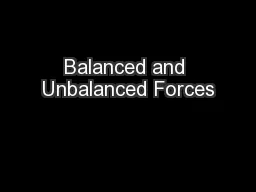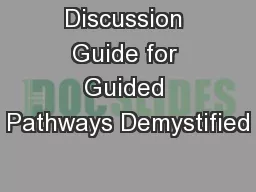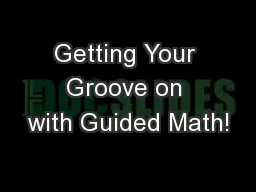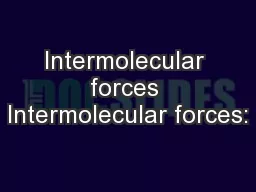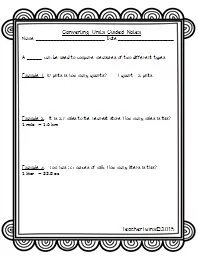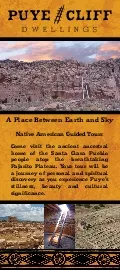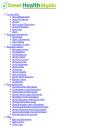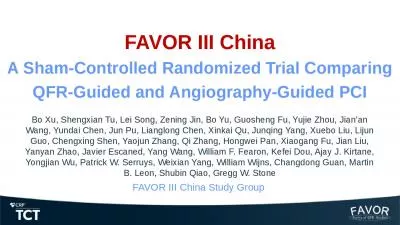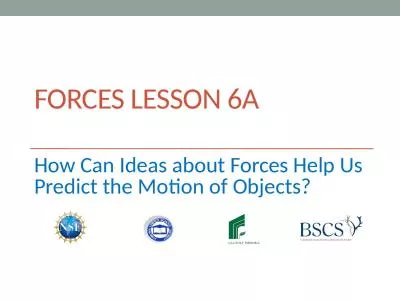PPT-Introduction to Forces Guided Discussion
Author : karlyn-bohler | Published Date : 2018-03-10
Student notes are shown in blue Force Defined Any influence that can cause a change in an objects motion A bat strikes the ball with a force that causes the ball
Presentation Embed Code
Download Presentation
Download Presentation The PPT/PDF document "Introduction to Forces Guided Discussio..." is the property of its rightful owner. Permission is granted to download and print the materials on this website for personal, non-commercial use only, and to display it on your personal computer provided you do not modify the materials and that you retain all copyright notices contained in the materials. By downloading content from our website, you accept the terms of this agreement.
Introduction to Forces Guided Discussion: Transcript
Download Rules Of Document
"Introduction to Forces Guided Discussion"The content belongs to its owner. You may download and print it for personal use, without modification, and keep all copyright notices. By downloading, you agree to these terms.
Related Documents

